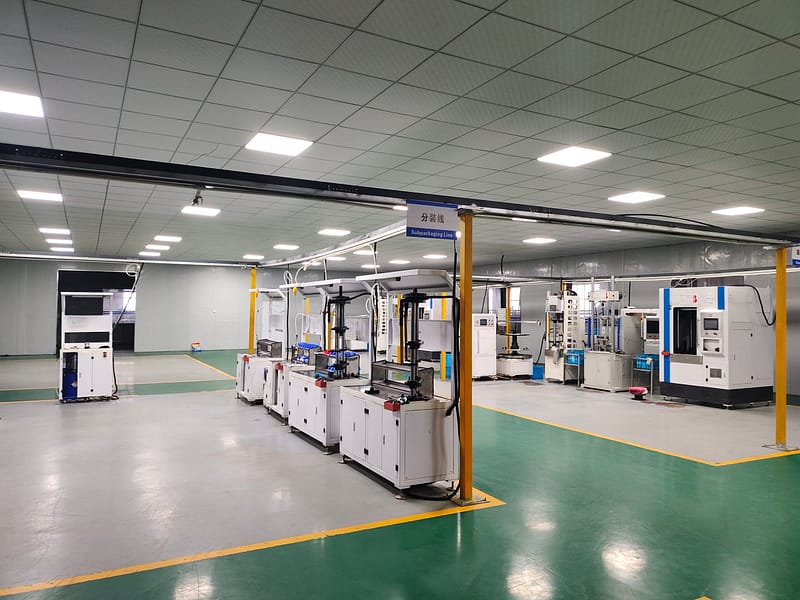As structural engineering continues to evolve, innovations that improve vibration control and extend the lifespan of infrastructure have become essential. One standout solution in this space is the piston hydraulic shock absorber—a technology that has transformed how engineers approach building stability and safety. This article explores how piston hydraulic shock absorbers function and why they have become a foundational element in high-performance structural systems.
What Are Piston Hydraulic Shock Absorbers?
At their core, piston hydraulic shock absorbers are engineered to dampen motion and dissipate kinetic energy. These systems consist of a piston moving through a hydraulic fluid—typically oil—within a sealed cylinder. As the piston moves, the fluid flow is restricted, which generates resistance and reduces vibration.
This controlled resistance allows the absorber to effectively counteract dynamic forces, including sudden shocks, vibrations, and repetitive motion. The result is greater structural stability and reduced stress on the building materials—key factors in both short-term safety and long-term structural integrity.
Applications in Structural Engineering
Piston hydraulic shock absorbers are not limited to automotive or industrial use—they’ve become increasingly essential in civil and structural engineering. These devices are now commonly integrated into:
- High-rise buildings
- Bridges
- Seismic retrofitting projects
- Wind-sensitive structures like towers and stadiums
By absorbing vibrations from sources such as earthquakes, wind loads, and mechanical operations, these absorbers help structures withstand both everyday environmental stress and extreme events.
Key Benefits in Structural Applications
1. Enhanced Structural Safety
Piston hydraulic shock absorbers significantly reduce the amplitude of vibrations, making buildings and bridges safer during natural disasters such as earthquakes or high winds. Their ability to provide real-time damping ensures better control over unexpected dynamic loads.
2. Extended Lifespan of Infrastructure
Reducing stress on structural joints and materials minimizes fatigue and wear, leading to longer-lasting performance. This helps prevent early deterioration and reduces the need for frequent maintenance or costly repairs.
3. Versatile and Scalable
From small-scale applications in commercial buildings to massive infrastructure projects, piston hydraulic shock absorbers can be custom-engineered to suit a wide range of designs and environmental demands.
Choosing the Right Shock Absorber for Your Project
Selecting the ideal piston hydraulic shock absorber involves more than just choosing a model off the shelf. Engineers and project managers must assess:
- Expected load conditions
- Required damping performance
- Environmental exposure (e.g., temperature fluctuations, corrosion risks)
- Installation constraints within the structure
Partnering with experienced shock absorber manufacturers or consulting with structural engineering specialists can ensure that the system selected aligns with both performance goals and regulatory standards.
Final Thoughts
In today’s performance-driven construction landscape, piston hydraulic shock absorbers have become an essential tool for engineers striving to enhance safety, comfort, and durability in structures. Their ability to efficiently manage dynamic loads and mitigate vibrations makes them a smart investment for any project that prioritizes structural resilience.
As technologies advance and infrastructure demands become more complex, the role of these shock absorbers will only grow—solidifying their position at the forefront of modern structural engineering.



